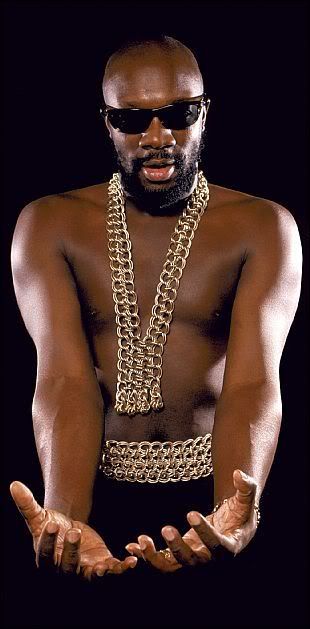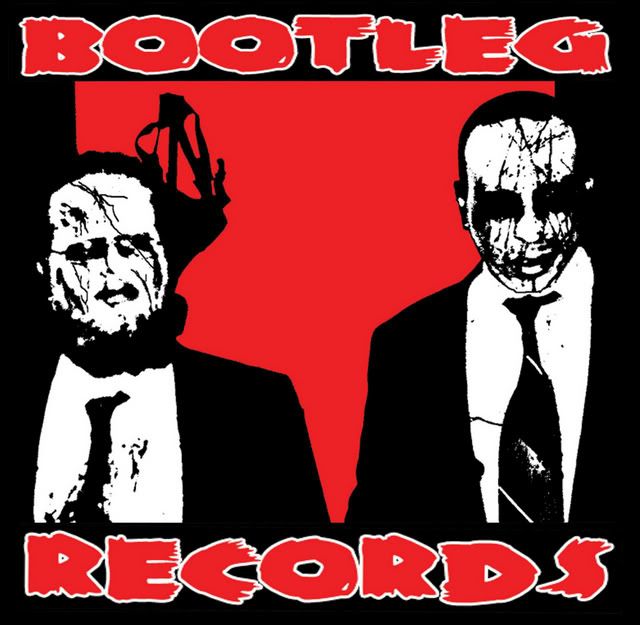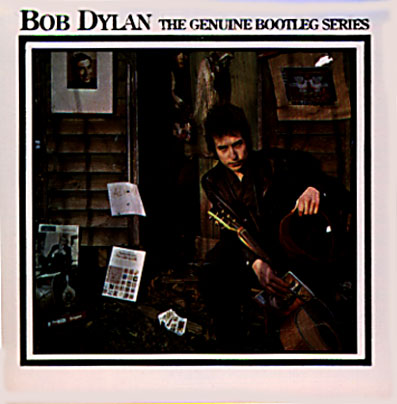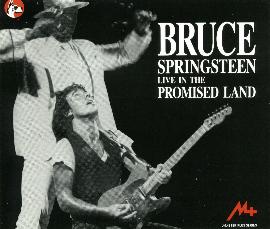 A lot of people may be somewhat puzzled by the picturesque scene of a Hawaiian Valley I've posted here. But as always, there is a story behind it.
A lot of people may be somewhat puzzled by the picturesque scene of a Hawaiian Valley I've posted here. But as always, there is a story behind it.When I was a kid, some of the earliest and most vivid experiences I can remember revolve around my junior high years, which were spent in Hawaii.
My Mom's third husband, Chuck (who I despised as a kid, but who has become something like my real Father in my adult life), was in the Coast Guard Anyway, for two years in the late sixties, we were stationed In Hawaii.
I have a lot of mixed memories from that time, ranging from being locked in an underground bomb shelter by a group of school bullies, to the more pleasant ones like going to my first Jefferson Airplane concert, and the group of friends I hung out with back when I was thirteen years old, and was something of a junior high hippie. It is the latter that I choose to talk about here.

My best friend at the time was a guy named Pat Levy, and I was also good friends with his older brother Mike. Back then, me, Pat, and a group of other friends formed what we used to refer as "the group." One of the members of the "group," a girl named Pat Koory is someone I've often wondered about.
So. we would all gather beneath this big tree on the campus of Campbell High School (which at the time also housed the junior high school), smoke a lot of cigarettes, and talk about our common love of the psychedelic rock of the time by bands like the Jefferson Airplane.
A lot of who I eventually became as an adolescent and later as an adult -- my values and such -- were really forged during this time.
One of the other really cool things I remember from this period, was when "the Group" discovered "the Valley." It happened quite by accident really. We were skipping school one day (as we often did back then), and hanging out in the industrial park behind the high school, when we discovered this trail, which led down into this valley.
I have no idea of who owned or otherwise ran the place, but it was surrounded by dense groves of trees with a stream running through the middle. We also discovered, quite by accident, that pot was being grown there. We gathered a bunch of it up one day to start a fire, and all got stoned sitting around the fire. I also lost my virginity there, to a girl named Wendy (who, fortunately for me, never got pregnant).
To this day, I occasionally will have dreams about that place, as it represented a far more innocent and less complicated time and place. Like I said, a lot of the values I hold to this day were forged back then, skipping school, smoking pot, and listening to the psychedelic music of the day in that strange paradise we used to call "the Valley." If it doesn't quite make sense, all I can say is you had to be there.
So why do I bring all of this up now?
Well, for one thing beacuse the past couple of months (if not years) have been really strange for me. I haven't smoked pot for years by the way, just in case you were wondering.
 But one of the things that has been happening with ever increasing frequency the past few years has been friends of mine from the long distant past reaching out to make contact all these years later.
But one of the things that has been happening with ever increasing frequency the past few years has been friends of mine from the long distant past reaching out to make contact all these years later. Some of these meetings have proved to be very fruitful and satisfying (such as re-establishing my friendship with my old KCMU Rap Attack and Nastymix partner Nasty Nes).
While others that started out very promising basically just ended up fizzling out (the reunion with my old drummer Huey and the brief sort of reunion of our old band, which yielded some great new songs, a lot of memories, and then just kinda went flat).
In the past couple of weeks, a couple of other folks have emerged out of the shadows of my past.
One is a guy named Kim Murrell. When I was in high school, Kim was the guy I went through my glam-rock phase with, and who I went to my first Bowie, Alice Cooper, T. Rex, and Slade concerts with. Together with this third wheel sort of guy named Jim Hughes (who drove the '65 Mustang and had the tape deck), we fancied ourselves quite the trio and named ourselves the "Purple Marauders" (after our matching platform shoes). We also managed to get laid a lot. Or at least thats what we led everyone else to believe. The truth is that while the stories about getting laid were somewhat exagerated, we did meet and party with a lot of rock stars.
Unfortunately , our third wheel "Jim" also proved to be quite nuts, and ended up quite literally terrorizing the shit out of us for a few years, before dying in prison either of AIDS or suicide, depending on whose story you believe.
From what I've been able to ascertain, Kim ended up doing okay for himself though, and lately he's been reaching out to me. I look very forward to that reunion if we are able to make it happen. Kim was always a really great guy.
But the other guy who's been reaching out lately is my old friend Pat Levy from those days in the Valley back in the sixties in Hawaii.
Pat's brother Mike (who was also a really great friend back then) has a form of bone cancer, and Pat is going to be donating here in Seattle very soon.
I look very forward to reuniting with him after something like forty years.
You never know these sort of things are going to turn out, and the fact that so many of them have seemed to crop up the past couple of years probably only proves that I'm getiing old.
I'm also going to be rejoining the ranks of the employed later this week, as I've accepted a job as a field promotions manager for a satellite TV provider. Wish me luck, but I have both high hopes and very good feelings about this.
And of course as always, I thank God and my lord and saviour Jesus Christ for looking out for me during the tough times, and seeing me through to what I hope are the good ones ahead. I'm looking quite forward to tipping a few with Pat and Kim too.
















